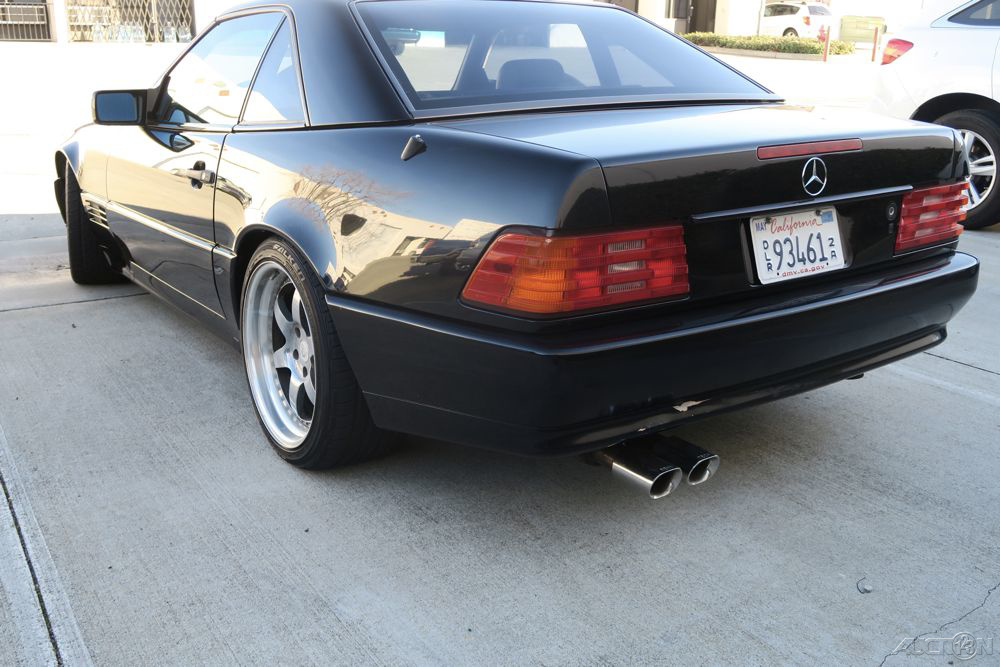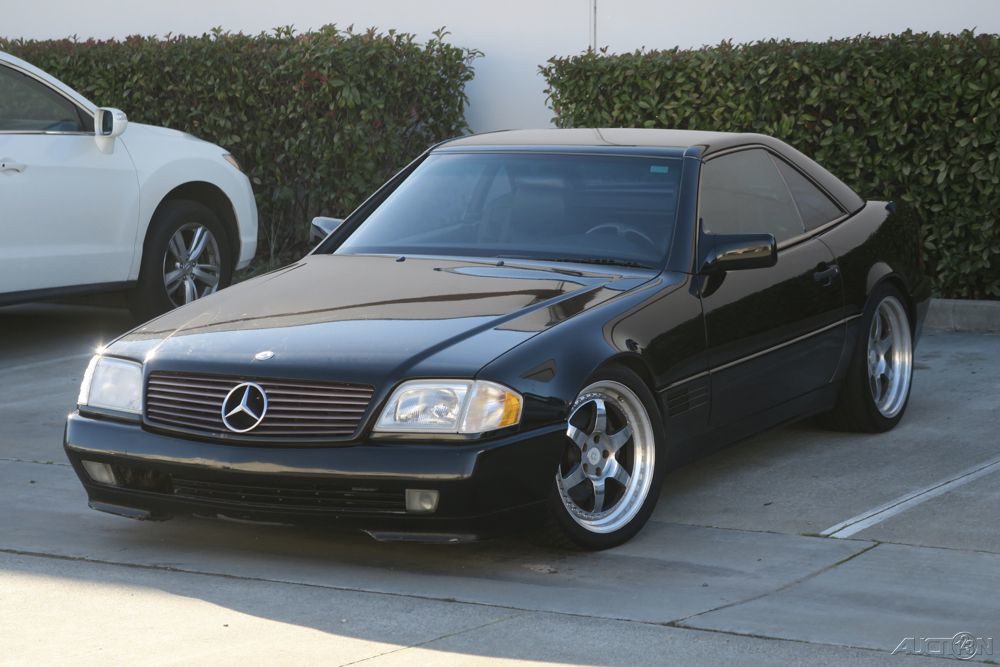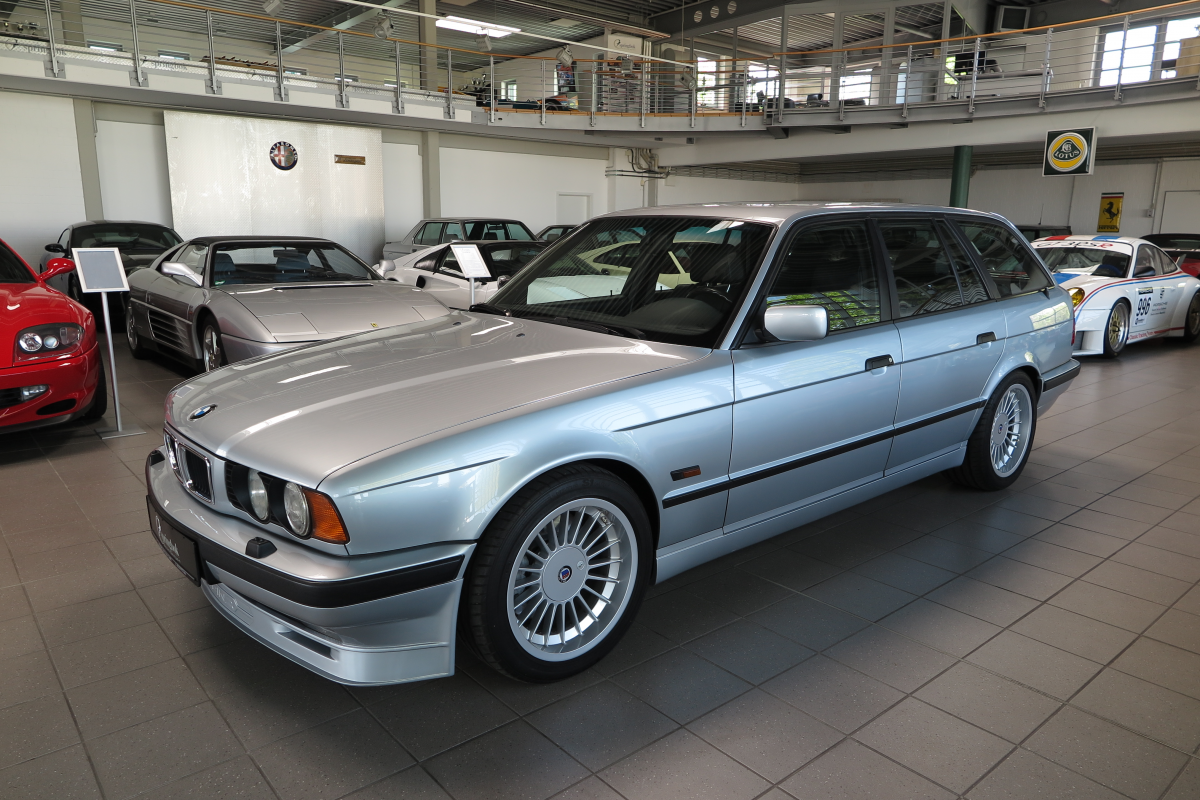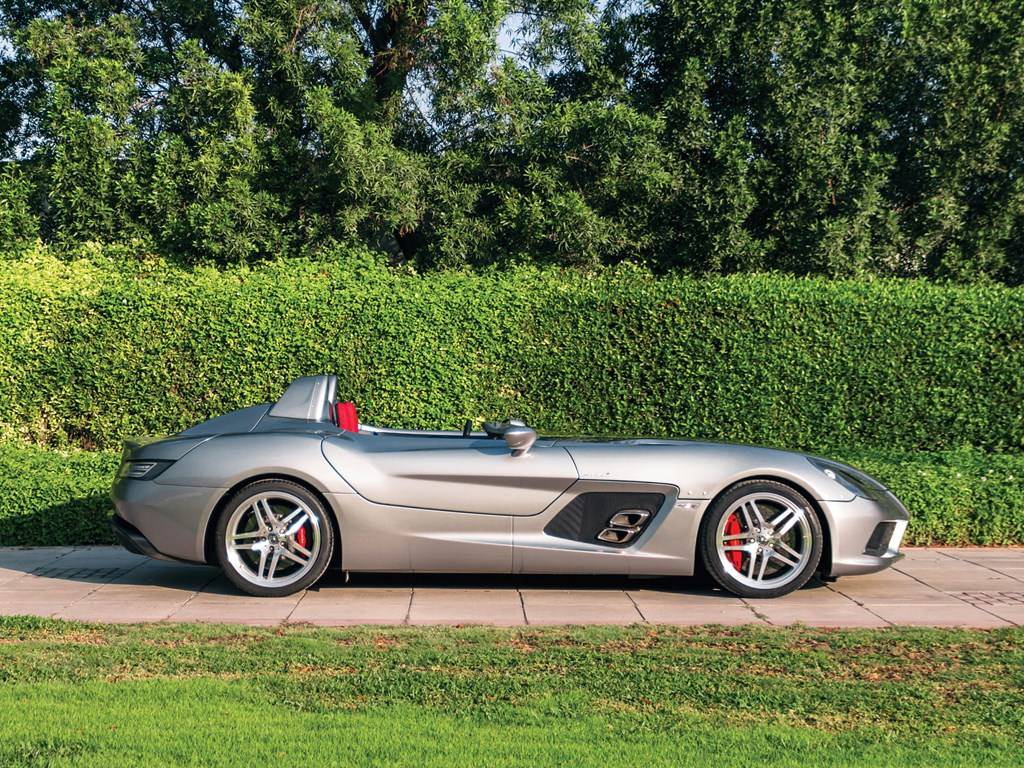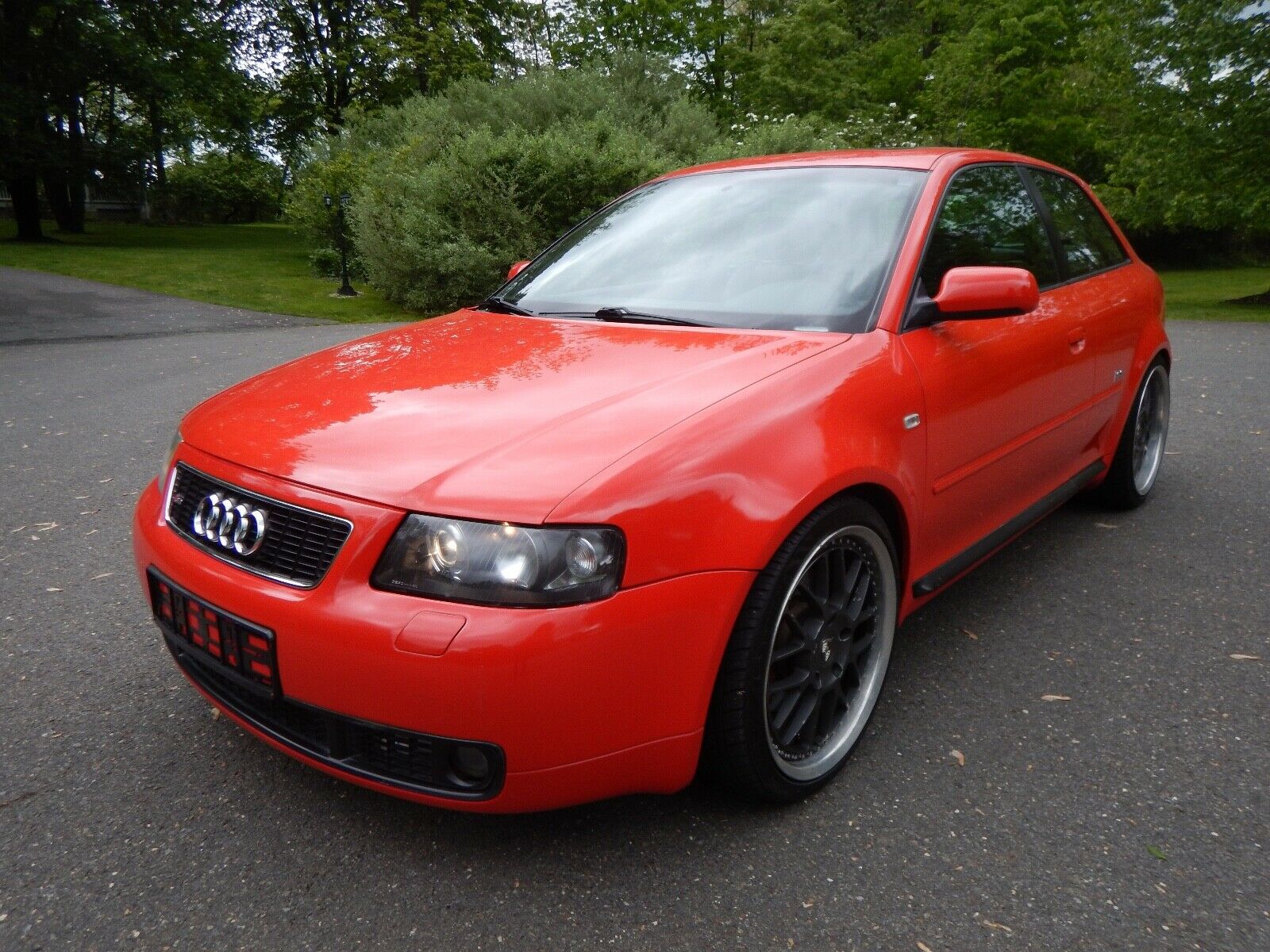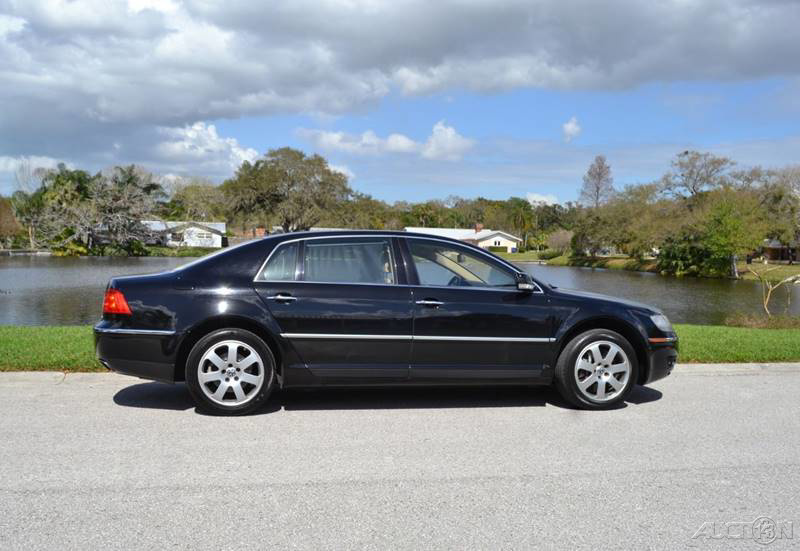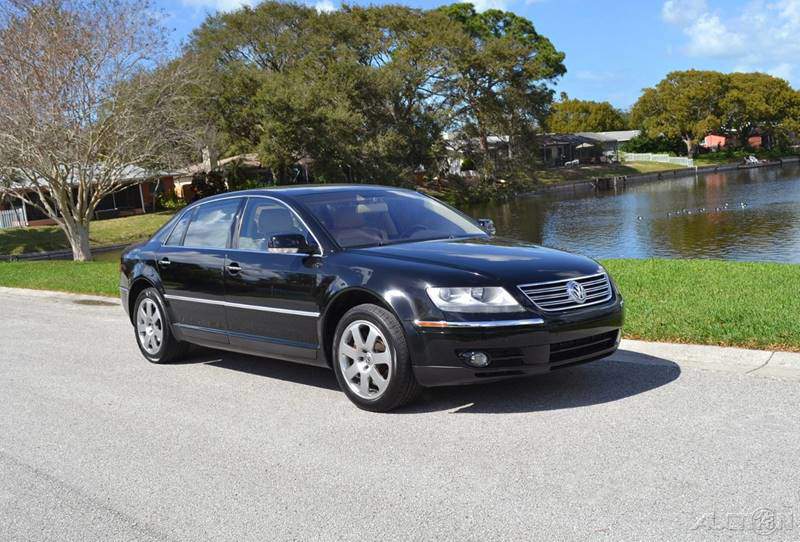I must be getting old, because it seems like every year that passes my tolerance for “project cars” gets smaller and smaller. When I had a bunch of free time, I had no problem messing around for countless hours on one of my cars. Now? Get this job finished as fast as possible and be done with it. Don’t get me wrong, I still love my cars, but they wear my patience thin sometimes. This doesn’t mean I still don’t browse for cheap cars constantly and run across some that might not take all that much to have a decent example for way less than market value. Today’s car, a 1994 Mercedes-Benz SL500 up for sale in California, might be that. Looking at the price, I thought it was going to be a total basket case that didn’t run or looked like a nice family of mongooses took up residence in the interior. Much to my surprise, that isn’t the case and this car actually has some extra goodies on it as well.
German Cars For Sale Blog Posts
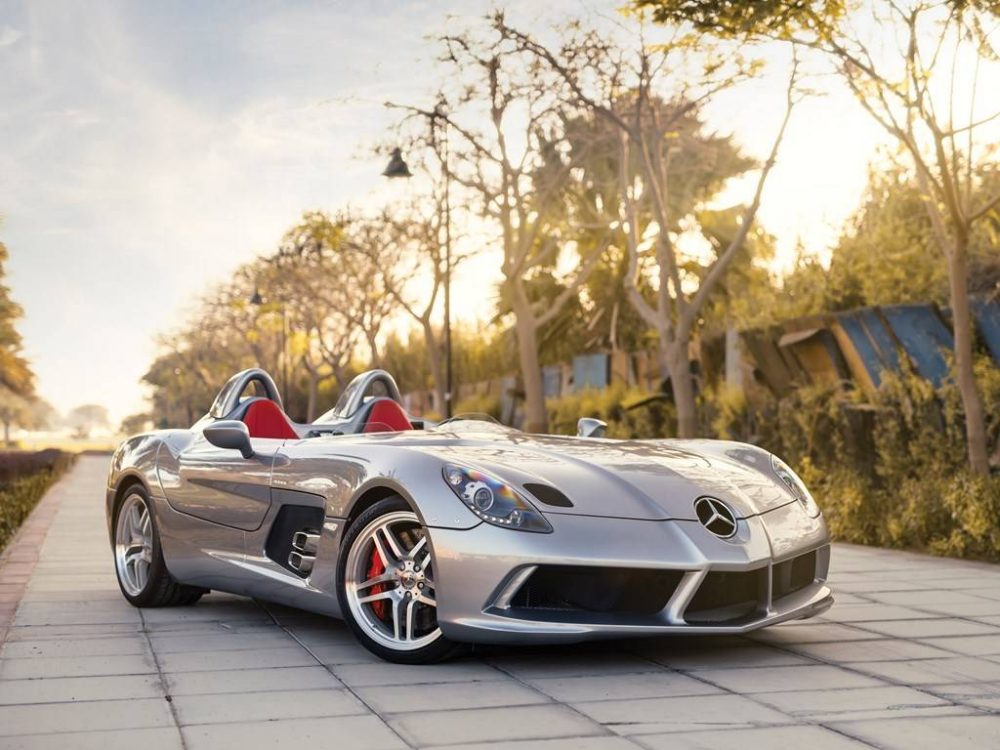
There aren’t many modern cars like the Mercedes-Benz SLR McLaren Stirling Moss. I’ve gone over the history of this wild machine before, but the short of it is they are based off the SLR but with crazy styling and two very tiny pieces of glass that basically do nothing. Only 75 examples were created to be sold the general public for actual legal road use. By “general public”, I mean current SLR owners who had to pony up $1,000,000 for the privilege to buy one of these. After purchasing them, most were stashed away in collections and very rarely see the light of day let alone be driven on a road because believe it or not, really rich people don’t like to eat bugs. However, this example going up for bid at RM Sotheby’s in Italy has over 8,400 km on the odometer. Someone drove this car over 5,000 miles!
CLICK FOR DETAILS: 2009 Mercedes-Benz SLR McLaren Stirling Moss at RM Sotheby’s
Comments closedWhat is the price of obscurity?
Here we have a 2001 Audi S3. While the S3 has been a recent addition to the Audi lineup to bolster affordable performance options and compete against Merc’s CLA and BMW’s 2-series, the model has a long history which dates back to the nomenclature change for Audi. The first A3 was launched alongside the then-new A4, and while the visual similarities were strong, the two models shared little. That’s because the A3 was based heavily on the Mk.4 Golf platform with transverse mounted engines. Just like the original Audi 50, though, the A3’s arrival predated the Mk.4 Golf by a year.
As I’ve already covered in previous articles, while the U.S. had to wait until the 2004 launch of the Golf R32 to get all-wheel drive performance, Europe had enjoyed Golfs with four wheels driven since 1986. So it was a relative cinch to stick the Haldex-based all-wheel drive system into the A3 chassis where, like the TT, it would be called “quattro”. And just like the TT, a high performance variant of the 1.8T would be included and become the S3 in 1999.
Again, some of the styling cues were shared with the big-brother S4, including 17″ Avus wheels and deeper, smooth bumper covers. The S3 was the first model to utilize the ‘door blades’ that would become signature S bits soon after. Performance was about what you’d expect from a near twin of the TT – meaning, virtually identical. But what you did get was slightly more subtle styling and slightly more practicality, with a bit more storage space and a roomier cabin. Despite the relatively negligible gains, because the 8L S3 never came here, they’re a bit of a hot commodity when they do arrive. How hot?
CLICK FOR DETAILS: 2001 Audi S3 on eBay
2 CommentsWalk into a Volkswagen dealership in the early 2000s, and it was clear that the brand had taken the people’s car upmarket. The Mk.4 Golf/Jetta looked decidedly more modern than the Mk.3 holdovers from 1998. The 2001 introduction of the B5.5 Passat splashed chrome, leather and wood all over the mid-range sedans and wagons and offered exotic-sounding performance from the wild optional W8. But it was this car that really signaled VW was operating on a different plane; not only did they bring over the D1 platform Phaeton, but with it they brought the monstrous 6.0 W12.
While to many the Phaeton looked like a reskin of the D3 Audi A8 and indeed the two did share some componentry, the D1 platform was actually shared with VAG’s other subsidiary Bentley. Both the Continental GT and later Flying Spur shared the infrastructure, meaning the Phaeton enjoyed extreme levels of refinement, ride quality and fit/finish that weren’t typically associated with “the people’s car”. While all the luxury added up to north of 5,000 lbs without passengers and it lacked the twin turbochargers the Bentley boys got, the Phaeton W12 was still the fastest car in the VW showroom in 2004. With 420 horsepower driving all four wheels, the Phaeton was capable of effortless and nearly silent 5.5 second 0-60 runs and could break 200 mph unrestricted.
While it sounds great, there were two drawbacks. One was that to nearly everyone your Phaeton looked just like my Passat. And while a loaded W8 4 Motion Variant Passat was really, really expensive, you and your significant other could drive out of your local dealer with not one, but TWO fully loaded Passats for the price of just one W12 Phaeton. It’s no surprise that the U.S. market wasn’t ready for a $90,000 Volkswagen, and a scant 482 were sold here before the model was yanked. But today, that means you can get these market-busting models for pennies on the dollar:
